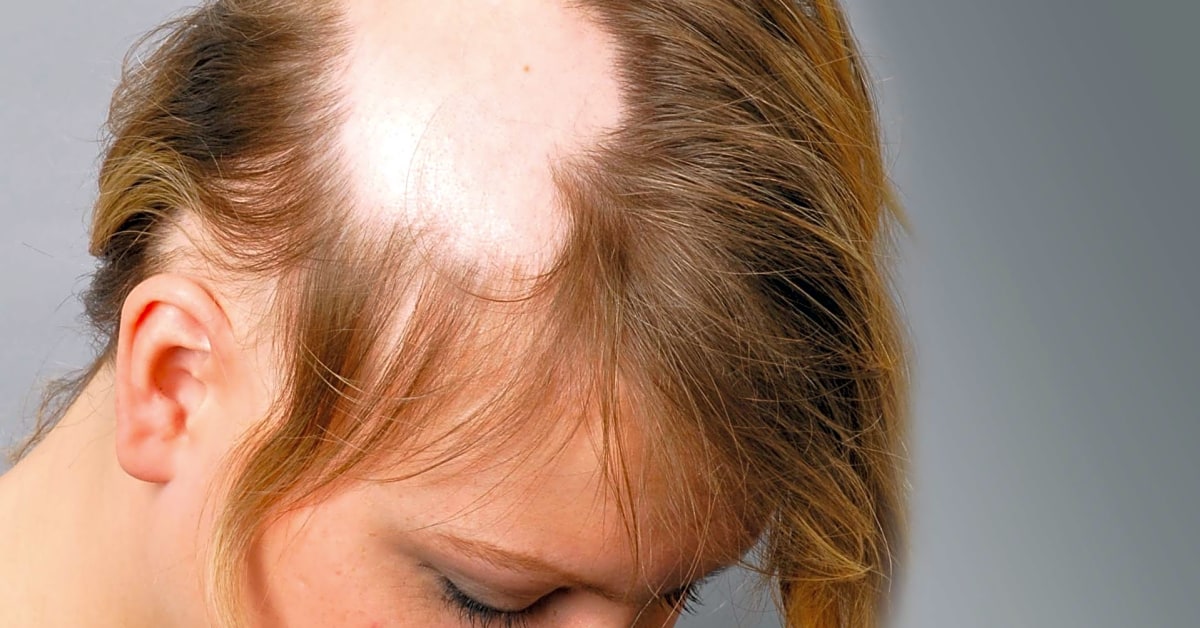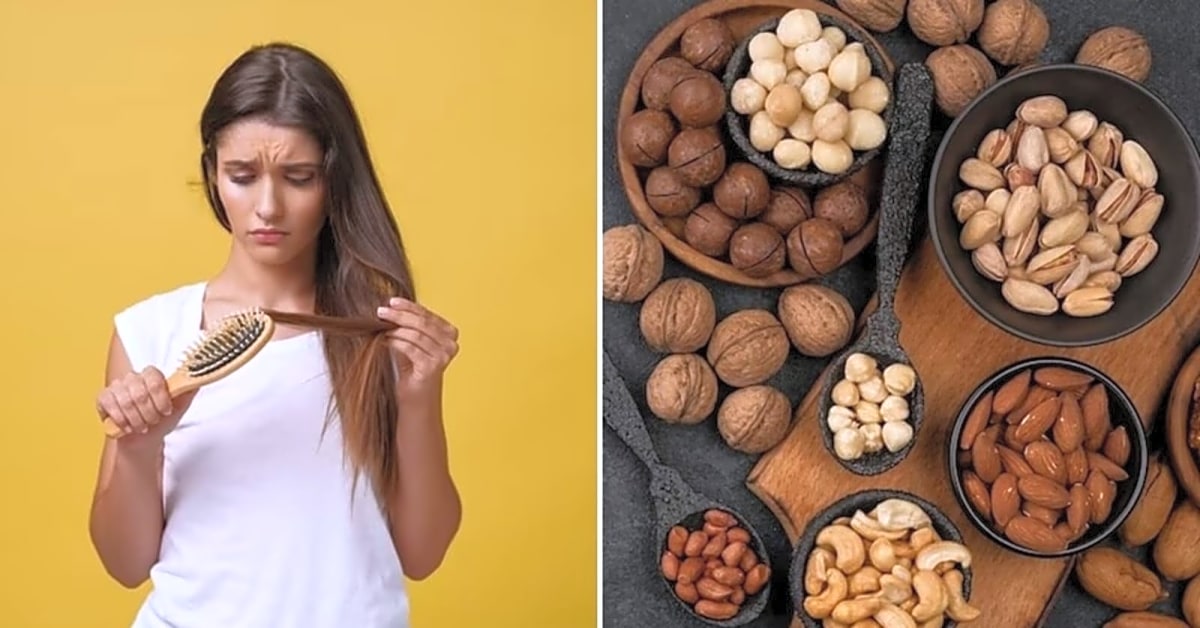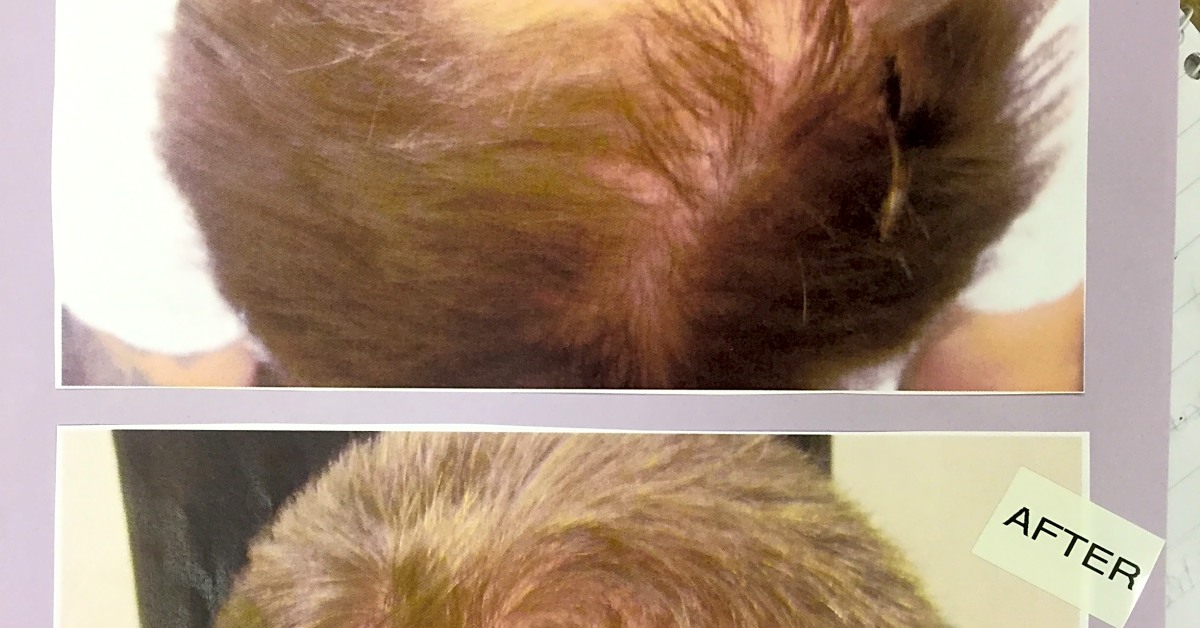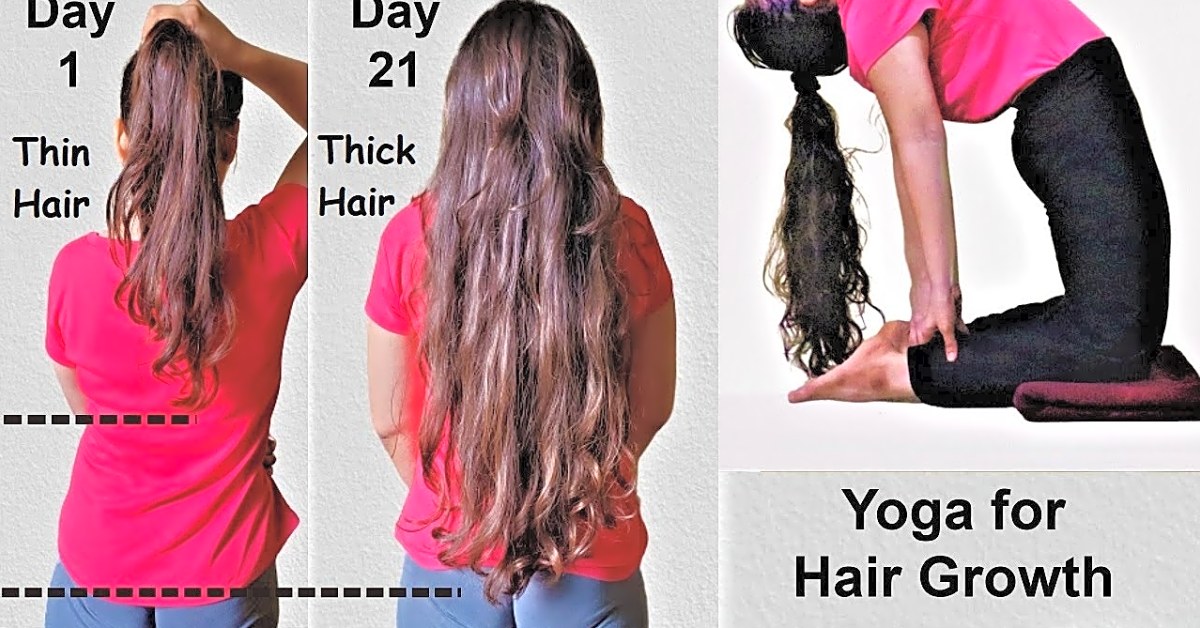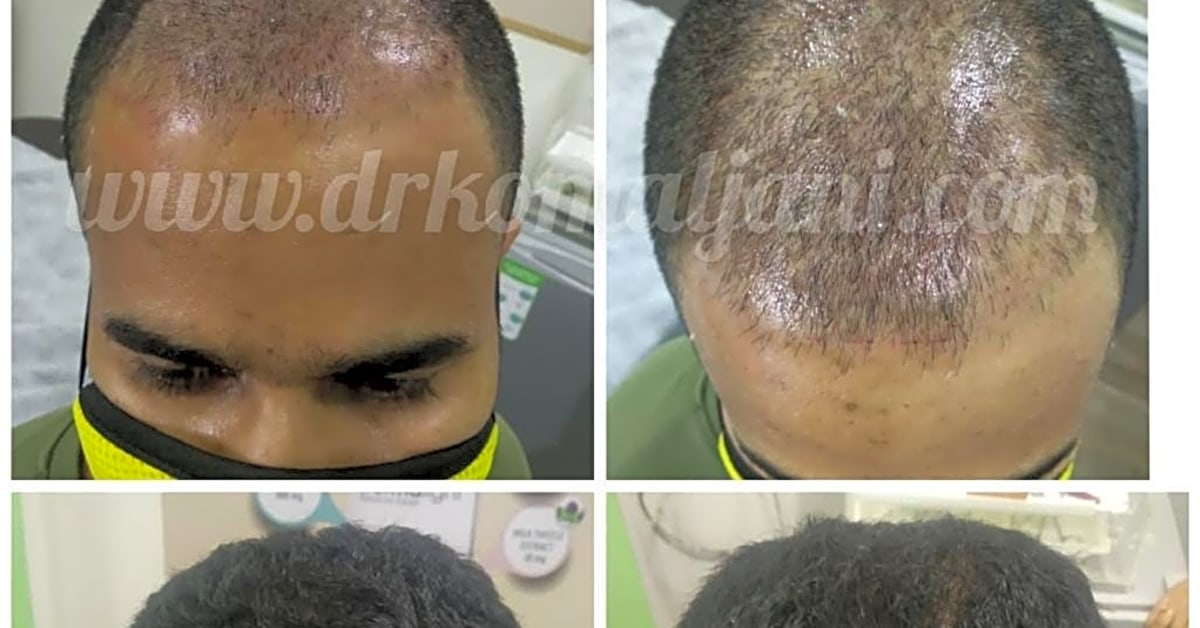Hair loss is a common but often misunderstood condition that affects millions of people worldwide. One of the most well-known forms of hair loss is alopecia, which refers to the loss of hair on the scalp or other parts of the body. While it can be a distressing experience for those who are affected, it is important to understand that there are various causes and solutions for this condition. In this article, we will delve deeper into the topic of alopecia, exploring its causes, symptoms, and available treatments. Whether you have been personally affected by hair loss or are simply curious about this condition, this article will provide valuable insights and information. So let us begin our journey into the world of alopecia and discover how we can better understand and address this common medical condition.
Alopecia is a common condition that affects both men and women, causing hair loss on the scalp or other parts of the body. There are several different types of alopecia, each with its own set of causes and risk factors. In this article, we will delve into the different types of alopecia and discuss potential treatments and tips for maintaining a healthy scalp and strong, healthy hair.
The most common type of alopecia is androgenetic alopecia, also known as male or female pattern baldness. It is caused by a combination of genetic and hormonal factors and can start as early as the teenage years. Androgenetic alopecia typically results in a receding hairline and thinning hair on the crown of the head.
Alopecia areata is another type of hair loss that presents as patchy bald spots on the scalp. This condition occurs when the immune system mistakenly attacks hair follicles, causing them to fall out. It can also affect other areas of the body, such as eyebrows and eyelashes. The exact cause of alopecia areata is unknown, but it is believed to be an autoimmune disorder.
Telogen effluvium is a temporary form of hair loss that occurs when there is a disruption in the hair growth cycle. This can be triggered by a variety of factors, including stress, illness, hormonal changes, and certain medications. Telogen effluvium typically results in diffuse hair shedding, rather than specific bald spots.
Now that we have covered the different types of alopecia, let’s take a closer look at potential treatments for each type. For androgenetic alopecia, there are FDA-approved medications such as finasteride and minoxidil that can help slow down or even reverse hair loss. These medications work by blocking the hormone dihydrotestosterone (DHT), which is responsible for shrinking hair follicles. Supplements such as biotin and saw palmetto may also be beneficial in promoting hair growth.
Alopecia areata can be treated with corticosteroid injections, which can help suppress the immune system and allow hair to regrow. Topical immunotherapy, in which a chemical is applied to the scalp to create an allergic reaction, may also be effective in stimulating hair growth. For telogen effluvium, treating the underlying cause, such as reducing stress or adjusting medication, is usually enough to stop the hair loss and allow hair to grow back.
In addition to these treatments, it is important to maintain a healthy scalp in order to promote healthy hair growth. This includes keeping the scalp clean and free of buildup, as well as nourishing it with essential nutrients. Regular scalp massages can also help stimulate blood flow and promote hair growth.
Lastly, here are some tips for keeping your hair strong and healthy, regardless of the type of alopecia you may be experiencing:
- Eat a balanced diet rich in essential vitamins and minerals for healthy hair growth.
- Protect your hair from damage by avoiding harsh chemicals and excessive heat styling.
- Use gentle hair care products that are suitable for your specific hair type.
- Avoid tight hairstyles that put tension on the scalp, such as tight ponytails or braids.
- Consider using natural remedies, such as essential oils or herbal supplements, to support healthy hair growth.
In conclusion, alopecia is a common condition that can have a significant impact on one’s self-esteem and overall well-being. However, with proper understanding of the different types of alopecia and their potential treatments, it is possible to manage and even reverse hair loss. By taking care of your scalp and adopting healthy hair care habits, you can promote strong, healthy hair and feel confident in your appearance.
Understanding Androgenetic Alopecia
Androgenetic alopecia is the most common form of hair loss in both men and women. It is caused by a combination of genetics and hormone levels, specifically an increase in DHT (dihydrotestosterone) which leads to shrinking hair follicles. This type of alopecia is also known as male or female pattern baldness, as it tends to follow a specific pattern of hair loss.
While there is a genetic component to androgenetic alopecia, it is not solely determined by your family history. Environmental factors, such as stress, diet, and certain medications, can also play a role in the development of this condition. However, the main trigger is an increase in DHT, which is a hormone derived from testosterone.
When DHT levels rise in the body, it binds to receptors in the scalp and causes hair follicles to shrink. This results in shorter and thinner hair, eventually leading to hair loss. The sensitivity to DHT is determined by genetics, meaning some individuals are more prone to androgenetic alopecia than others.
The most effective treatments for androgenetic alopecia include medications that block the production of DHT or stimulate hair growth. These can be taken orally or applied topically. Hair transplants are also a popular option for those seeking a more permanent solution.
Dealing with Telogen Effluvium
Telogen effluvium is a temporary form of hair loss caused by a disruption in the hair growth cycle. It occurs when a large number of hair follicles suddenly enter the telogen (resting) phase, leading to an increased shedding of hair.
There are several potential triggers for telogen effluvium, including physical or emotional stress, illness, hormonal changes, and certain medications. This condition can also be a result of nutritional deficiencies or sudden weight loss.
To manage telogen effluvium, it is important to address the underlying cause. If stress is the culprit, finding healthy ways to cope and reduce stress levels can help. For those experiencing hair loss due to illness, treating the underlying condition can help promote hair regrowth.
In addition to addressing the cause, there are also steps you can take to promote hair regrowth and prevent further hair loss during this period. Eating a balanced diet with plenty of protein and essential vitamins and minerals can support healthy hair growth. Gentle scalp massages and using gentle hair care products can also help improve circulation and promote hair growth.
Coping with Alopecia Areata
Alopecia areata is an autoimmune disorder that causes patchy hair loss on the scalp and other areas of the body. This condition occurs when the immune system mistakenly attacks hair follicles, resulting in hair loss. It is a common form of hair loss, affecting about 2% of the population.
While the exact cause of alopecia areata is still unknown, it is believed to be a combination of genetic, environmental, and immunological factors. Some research suggests that certain genes may make a person more susceptible to developing the condition, and triggers such as stress, illness, or trauma can also play a role.
If you have been diagnosed with alopecia areata, it is important to understand that there is no known cure for this condition. However, there are treatment options available that may help to slow down hair loss and stimulate hair regrowth.
One of the most common treatments for alopecia areata is topical medications, such as corticosteroids, which are applied directly to the affected areas of the scalp. These medications work by reducing inflammation and suppressing the immune response in the affected areas.
In some cases, injections of corticosteroids may be recommended for more severe cases of alopecia areata. These injections are administered directly into the scalp and can help to stimulate hair growth in affected areas.
In addition to medication, making certain lifestyle changes can also help to cope with alopecia areata. Managing stress levels, maintaining a healthy diet, and avoiding harsh chemicals or tight hairstyles can all contribute to promoting overall hair health and potentially reducing the severity of hair loss.
While hair loss can be a frustrating and difficult experience, there are many treatment options available to help prevent or slow down the process, and even regrow your hair. By understanding the different types of alopecia and their causes, you can take proactive steps to maintain a healthy head of hair. Remember to consult with a healthcare professional before starting any new treatments, and always prioritize self-care and a healthy lifestyle.

